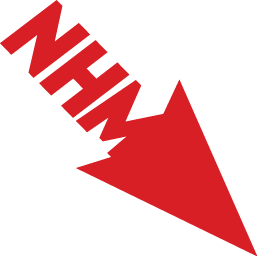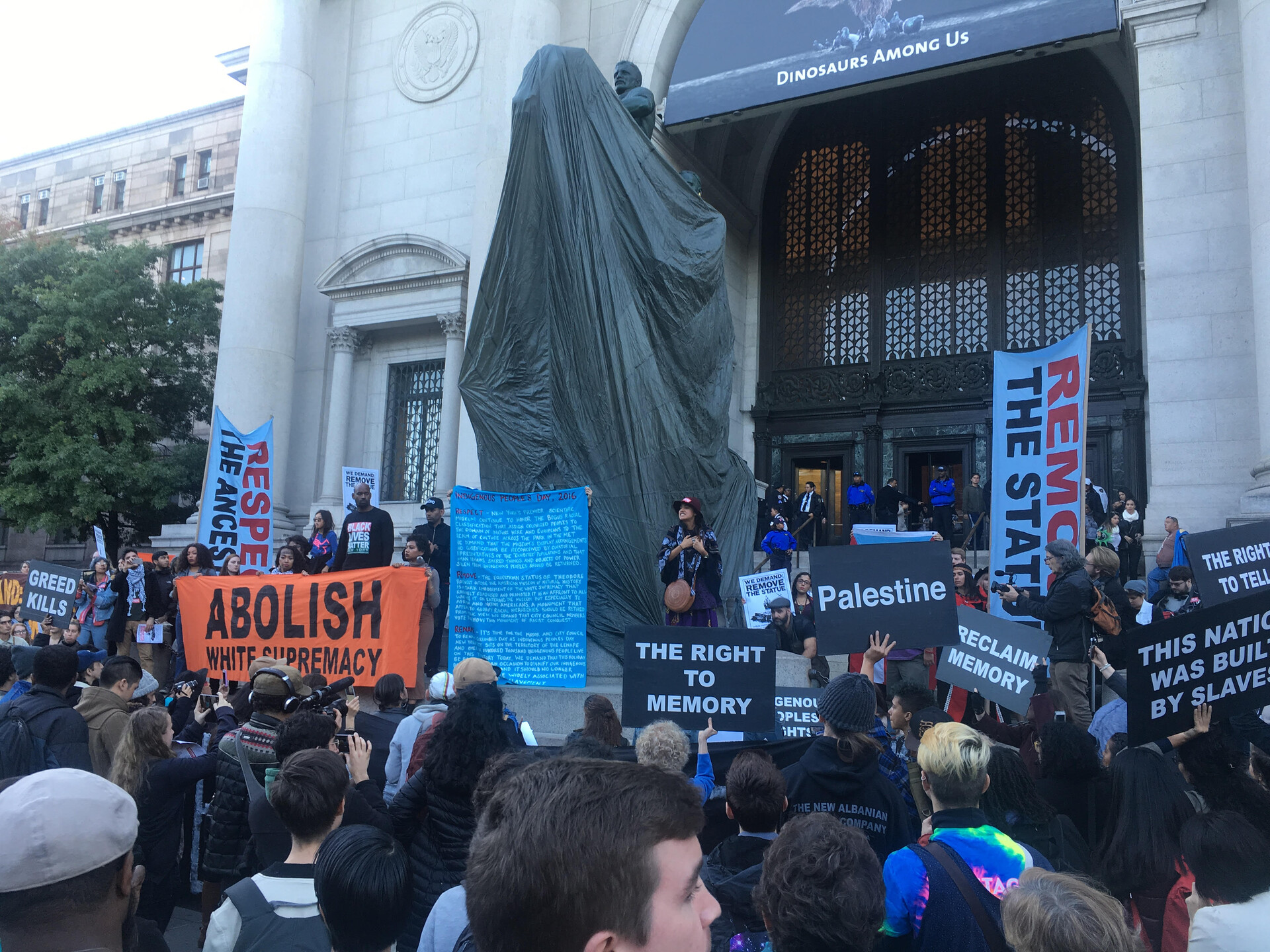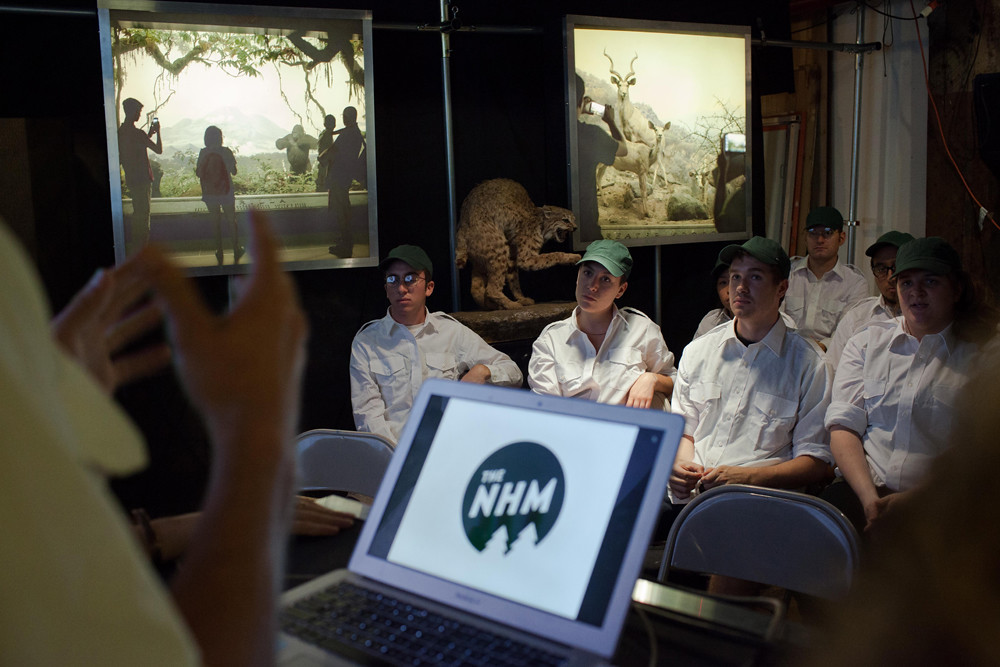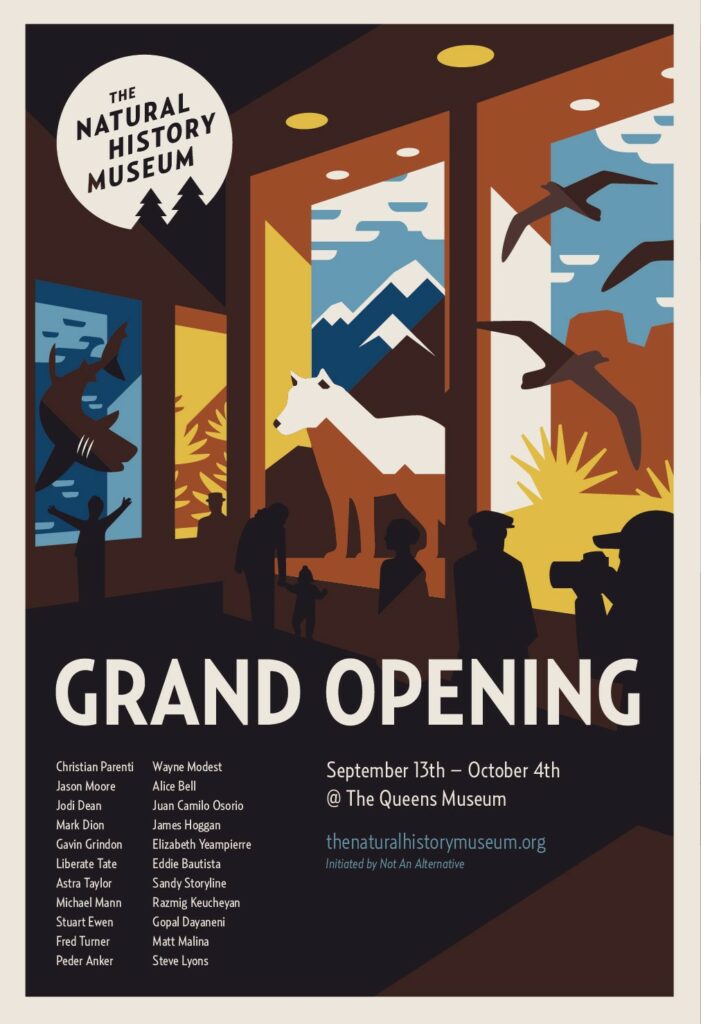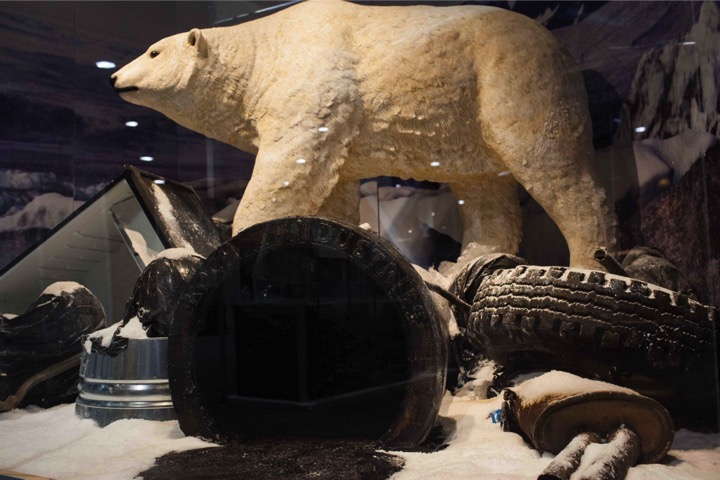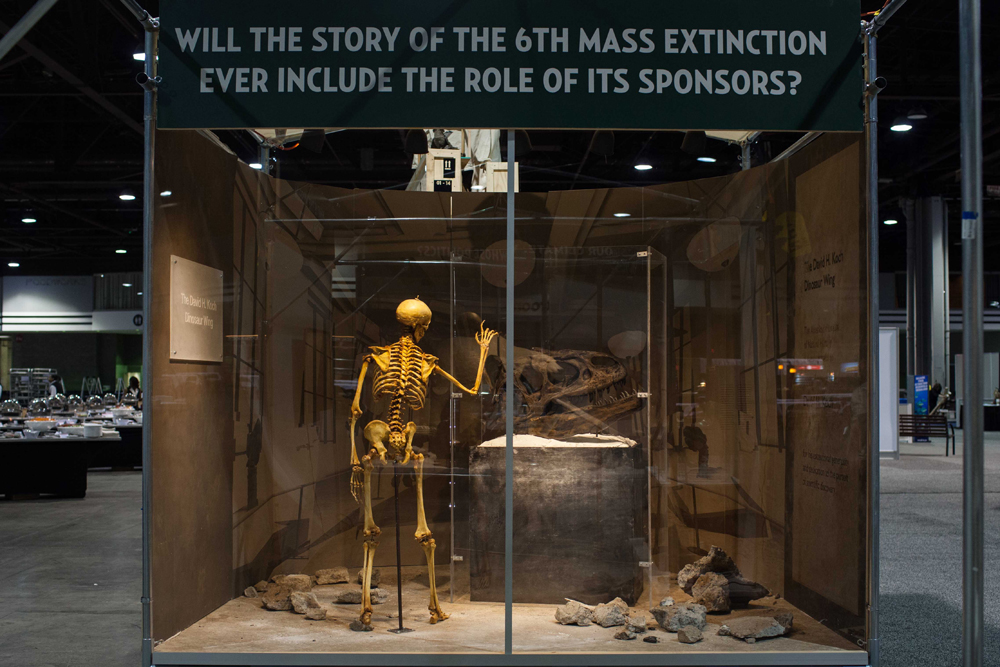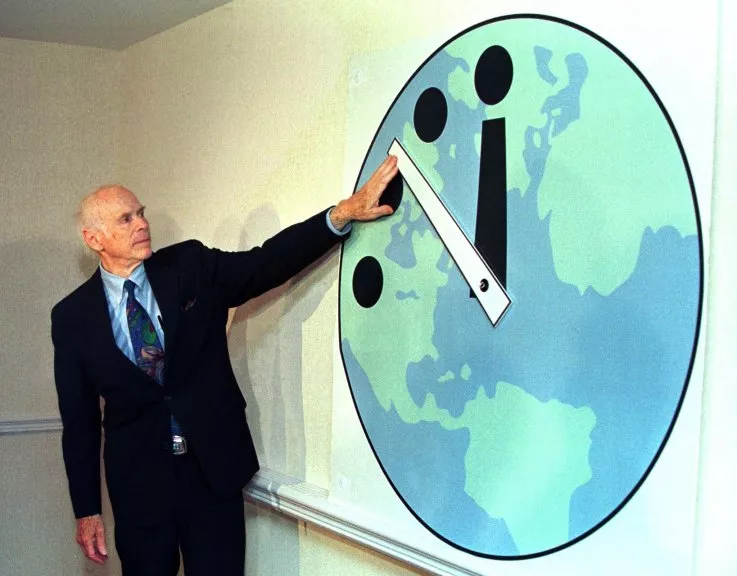Shortly after Donald Trump’s inauguration, the official National Park Service (NPS) Twitter account was caught retweeting crowd size photos that poked fun at Trump’s poorly attended ceremony. Hours later, the Badlands National Park in western South Dakota began tweeting out facts about human-induced climate change. Then the Death Valley National Park posted tweets about the park’s history as an internment camp for Japanese Americans during World War II.The subsequent days brought more rumblings of dissent. Hundreds of “alternative” NPS social media accounts began to appear, run by anonymous NPS employees upset at the Trump administration’s attempt to obstruct evidence of human-caused climate change. A Rogue EPA popped up, followed by a Rogue NASA, USDA, Forest Service, and so on. Some tweeted climate facts relevant to their particular agency or park. Others took it a step further, highlighting the catastrophic ecological impacts of Trump’s border wall and approval of the Dakota Access and Keystone XL pipelines.
Last weekend, in a front-page article, the New York Times reported that its interviews with dozens of current and recently departed federal employees “reveal a federal workforce that is more fundamentally shaken than usual by the uncertainties that follow a presidential transition from one party to another.” The subhead inside put it even more starkly: “‘Sense of Dread’ Among Civil Servants Stirs Talk of Resistance to Trump.”
Ideologically fractured, divided, and contested, government agencies in the age of Trump present themselves not just as sites of struggle but as opportunities for real left advances — especially against a president with little knowledge about the workings of the federal bureaucracy.
And the National Park Service — an unlikely agent of rebellion considering its history — has emerged as one of the most prominent figures.

Grand Canyon National Park in October 2016. HarshLight / Flickr
Which People?
US national parks do not have a rosy founding story.
The earliest ones were set up as racist and settler colonialist expressions of the American ruling class. The wealthy hunters, administrators, and scientists responsible for building the network of parks had explicit connections to the burgeoning eugenics movement. They believed that the preservation of natural spaces went hand in hand with the preservation of the white race. Their vision of nature — as purity, retreat, and recreation — served their class position.
In 1872, when the federal government established Yellowstone as the country’s first national park, it did so for “the benefit and enjoyment of the people.” But the “people” largely meant propertied white men. While the Nez Perce, Crow, Shoshone, and Bannock lived in the region, and though their paths crisscrossed the park, white explorers deemed the land “primeval solitude,” having “never been trodden by human footsteps.”
It wasn’t just indigenous peoples who were scorned by the park’s founders. Eastern conservationists were distraught by the presence of poor white poachers and trappers, who they sometimes referred to as “white Indians.” As the founder of the hunting conservationist Boone and Crockett Club in 1887, a young Teddy Roosevelt and his upper-class hunting partners were increasingly dismayed by those threatening to “waste and destroy” the park. They fought to establish a military presence in the parks to preserve the environment for their exclusive use.
In 1916, at the behest of Stephen Mather, a millionaire who made his money in the Borax industry, Woodrow Wilson established the National Parks Service as a division of the Department of the Interior. Mather would become the first director and greatest champion of the NPS, leveraging his wealth to market the parks while partnering with corporations to promote tourism and travel.
Double Agencies
National parks, then, were not established as oases of socialism. They were created according to a vision of nature as the province of the white and wealthy. But when we reduce the park system to its historic wrongs, we obscure its power and potential in the present. The NPS is not only an agency historically linked to settler colonialism. It is also an emblem of mass desire.
In 2015, over three hundred million people visited US national parks. National parks stand as a reminder that there is more to life than work and consumption. They provide access to a world of beauty and leisure beyond what is given and constrained by capitalism. They stand against the plunder of natural resources for profit, protecting land and water for the future.
Eighty-four million acres of national park territory have been extracted from the property market and secured for public use. With a mission to “preserve unimpaired the natural and cultural resources and values of the National Park System for the enjoyment, education, and inspiration of this and future generations,” the NPS carves out zones of resistance to privatization. As the fossil fuel industry anticipates the opening of millions of acres of federal lands for energy development, national parks and monuments have become central battlegrounds over the future of the commons.
The complicated history and radical potential of the NPS can be seen in the figure of Smokey Bear, who has recently been taken up as a mascot of anti-Trump resistance.
Created by the US Forest Service for a 1944 campaign about the dangers of forest fires, Smokey Bear remains a beloved and nostalgic symbol of Americana, standing for an idealized version of the American past in which the protection of nature was conceived as a priority rather than an obstacle to progress. Yet he can also be viewedas an icon of racism, class hierarchy, and settler colonialism, a border guard of the institutions that prevented indigenous peoples, the poor, immigrants, and most people of color from enjoying natural resources.
Split between a cherished ideal and a brutal history, Smokey Bear is contradictory. But when Smokey says “resist,” he takes the side of the common and commands others to follow, hailing a collective force against the Trump administration and its racist, anti-science, and ecocidal policies. The new popular meme thus announces a split forming within the NPS itself — a break with its conservative history.
The Resistance
Over 1.4 million people now follow the most popular Rogue NPS page. The page advocates resistance to border walls, privatization of public lands, and suppression of science. Stealing the NPS name and enlisting it in the growing resistance to privatization, resource extraction, climate denial, and racism, the Rogue NPS models a National Park Service that stands up for a concept of nature as common.
The Rogue NPS movement is more than cute memes captured in the circuits of communicative capitalism. It marks a symbolic strike against the Trump administration. It bites the hand that feeds it, refusing the power of the powerful. It also tells us that there are people within government agencies who are eager to fight Trump.
For the Left, the rogue agencies challenge us to rethink our tactics in this convulsive era. They remind us that the people who staff the NPS, EPA, NPS, NOAA, and other public institutions are not merely state functionaries. They are also producers of common knowledge, even potential agents of subversion.
These institutions do not only or always serve the ends of capitalism or the state, but are themselves divided from within. If the kernel of a left vision concentrated within these agencies has been rendered latent and buried in the interest of state and capital, the current moment has brought this vision to the surface.
The interest of the commons is coming into view.
Not An Alternative (est. 2004) is a collective that works at the intersection of art, activism, and theory. The collective’s latest, ongoing project is The Natural History Museum (2014–), a traveling museum that highlights the socio-political forces that shape nature. The Natural History Museum collaborates with Indigenous communities, environmental justice organizations, scientists, and museum workers to create new narratives about our shared history and future, with the goal of educating the public, influencing public opinion, and inspiring collective action.
“The National Park Service Goes Rogue,” was originally published in Jacobin (February 13, 2017).
